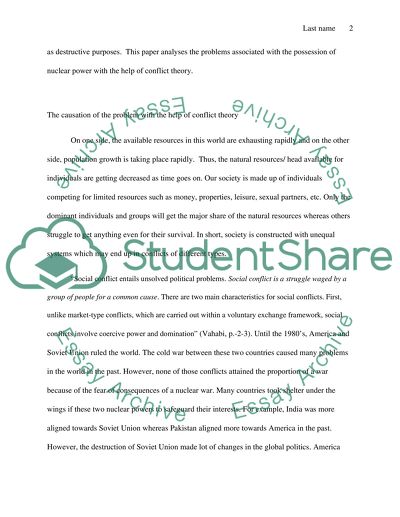Cite this document
(“Nuclear Power Research Paper Example | Topics and Well Written Essays - 2000 words”, n.d.)
Retrieved from https://studentshare.org/sociology/1470483-nuclear-power
Retrieved from https://studentshare.org/sociology/1470483-nuclear-power
(Nuclear Power Research Paper Example | Topics and Well Written Essays - 2000 Words)
https://studentshare.org/sociology/1470483-nuclear-power.
https://studentshare.org/sociology/1470483-nuclear-power.
“Nuclear Power Research Paper Example | Topics and Well Written Essays - 2000 Words”, n.d. https://studentshare.org/sociology/1470483-nuclear-power.


